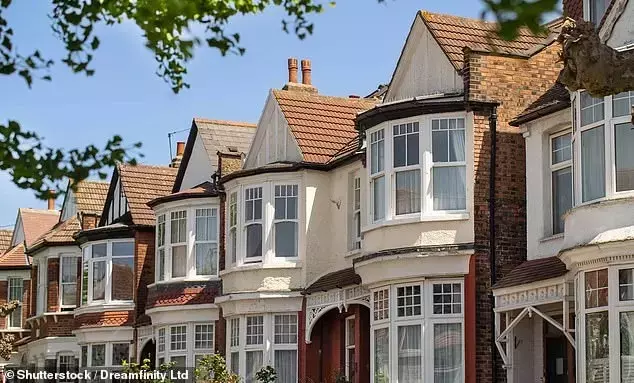
The landscape of housing stability in the UK is undergoing a notable shift, marked by a sharp increase in property repossessions. Recent data reveals a substantial year-on-year surge, affecting both individual homeowners and landlords, as the financial pressure from escalating mortgage rates intensifies. This situation underscores a critical challenge for many households as they navigate a less favorable lending environment, moving from previously more affordable financial arrangements to significantly higher repayment obligations.
Amidst these challenges, there's a dual narrative emerging. While repossessions are on an upward trajectory, there's also a concurrent decrease in the number of homeowners and landlords falling into mortgage arrears. This suggests a complex interplay of factors, where some are facing the ultimate consequence of financial strain, while others are managing to keep up with payments despite the increased burden. The prevailing economic climate, characterized by higher interest rates, continues to test the resilience of the housing market, prompting a re-evaluation of financial strategies for many property owners.
Rising Tide of Property Seizures
The UK housing market witnessed a dramatic uptick in repossessions during the second quarter of 2025, with a 47% increase compared to the same period last year. This alarming statistic, reported by UK Finance, highlights the growing financial distress among homeowners. Furthermore, the figures for April to June 2025 show a 10% rise in repossessions when compared to the preceding three months of the year, indicating an accelerating trend. A total of 1,340 homeowner-mortgaged properties were reclaimed by lenders, as many borrowers find it increasingly difficult to meet their repayment commitments, particularly those transitioning from lower interest rates to the current higher ones.
The core of this issue lies in the significant increase in mortgage rates. The Bank of England's data shows the average rate on outstanding mortgages climbed to 3.88% in June, a notable jump from 2.93% in June 2024 and 2.17% in June 2020. This escalation is profoundly impacting household budgets. Beyond completed repossessions, the Ministry of Justice reported a 22% increase in possession claims and a 28% rise in warrants for possession, signifying a growing pipeline of potential future repossessions. This trend suggests that more households are nearing the brink of losing their homes, struggling to adapt to the new financial realities. Rachel Springall from Moneyfacts Compare expressed concern over the escalating number of borrowers unable to manage their mortgage repayments, underscoring the severity of the situation. While current repossession numbers are still below historical averages, the rapid rate of increase is a cause for considerable apprehension within the financial sector and among property owners.
Challenges for Landlords and Mortgage Arrears Trends
The impact of the current economic climate is not confined to homeowners; landlords are also facing considerable pressure, as evidenced by an 11% year-on-year increase in landlord repossessions. This rise serves as a stark warning to those in the buy-to-let sector, signaling potential instability. Despite this annual increase, the number of buy-to-let mortgaged properties repossessed in the second quarter of 2025 actually saw a 2% decrease compared to the first quarter, with 790 properties reclaimed. Nevertheless, Rachel Springall suggests that some landlords with extensive portfolios might consider divesting their properties in the coming months if their profit margins continue to diminish.
In a contrasting development, the number of homeowner mortgages in arrears—defined as 2.5% or more of the outstanding balance—experienced a 3% decline between April and June this year, according to UK Finance. This translates to 87,380 homeowner mortgages in arrears during the second quarter. Similarly, buy-to-let mortgage arrears also saw a reduction, falling by 5% to 11,270. While these figures suggest some alleviation in the immediate struggle to meet payments, the underlying challenge remains. Springall emphasizes the critical importance for borrowers to consider refinancing their mortgages. The significant difference of over 2% between current reversion rates and the average two-year fixed rates highlights a substantial financial incentive for individuals and landlords to actively seek new deals. This ongoing disparity underscores the persistent economic squeeze faced by many mortgage holders, despite the slight improvement in arrears figures.
